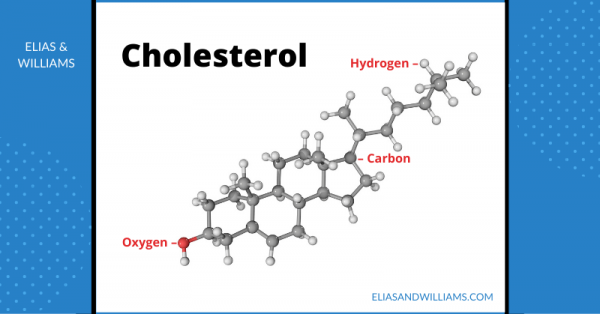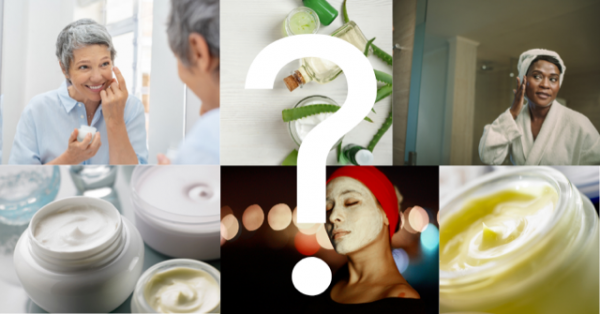We hear a lot about the multitude and diversity the micro-organisms – especially the bacteria – that populate our stomach and intestines. We learn that these bugs living on and in us account for a quarter of our body weight. They even communicate with our brain! We are advised to take proper care of these microorganisms – to take probiotic supplements, or consume those occurring in dairy products, like yoghurt and buttermilk – or even (yuk!) feces.
Much less attention has been focused on the myriad organisms that reside on our surface – the skin microbiome.
Skin – just like our bowels – hosts a large number and an enormous diversity of microorganisms on its surface. Recent research on the skin microbiome, has identified many species that were previously overlooked, because they could not be readily cultivated in the laboratory. This new appreciation of the broad diversity of our skin’s normal microbial flora was revealed using ultramodern, RNA sequencing techniques.
Most of these microorganisms of skin do not also live in the gut. This is because they thrive in the uniquely acidic environment of our skin’s surface. Recall that, normally, the skin surface has a pH of ~5, instead of the more neutral ~7.4 pH of our interior. Although we do not yet fully understand all the functions of the normal skin microbiome, we know they do protect us against colonization by bad bugs, like Staphylococcus aureus and some strains of streptococci. These ‘bad’ varieties have the capability of causing skin infections – either superficial ones, like impetigo, or deeper ones, like cellulitis.
Recent studies show that the skin microbiome changes dramatically just before outbreaks of atopic dermatitis. It becomes more simplified – less rich in its variety of species – and the ‘bad’ S. aureus, dominates the colony. This change in the microbiome is the proverbial ‘canary in the coal mine’, portending that a flare of atopic dermatitis may soon follow.
Our research has shown that the permeability barrier, which holds in our body’s water, and the skin’s antimicrobial barrier, which guards against the invasion by ‘bad bugs’ are closely linked – perturb one, and you compromise the other. Vice-versa, when we fix the barrier in a disease like atopic dermatitis we also reconstitute the antimicrobial barrier.
To see how these two barriers – the water and the antimicrobial – are linked, we must take a look inside the cells of the epidermis.
Epidermal cells (‘keratinocytes’) possess a large number of tiny particles, or ‘organelles’, called ‘lamellar bodies’. These unique organelles are loaded with the lipids (fats) that makeup the permeability barrier. And they also contain proteins, called ‘antimicrobial peptides’, that foster the growth of the good bacteria and inhibit the growth of the bad ones.
When lamellar bodies deliver their contents of lipids to form the membranes of the stratum corneum, which waterproof the skin, they simultaneously co-deliver their cargo of antimicrobial peptides that will cultivate a healthy flora. Therapies, like balanced barrier repair formulations such as EpiCeram®, that replenish the lipid content of lamellar bodies to be delivered to the stratum corneum, can also replenish its delivery of antimicrobial peptides.
But perhaps even more importantly, fixing the permeability barrier also restores the acidic surface of our skin, which also inhibits the growth of the ‘bad bugs’ and fosters the growth of the ‘good’ ones. The molecules that grant acidity to the skin surface are washed away when the barrier is disrupted and the skin becomes leaky. When the barrier is restored by replenishing its lipid supply, the acidic molecules are again retained, and their antimicrobial force restored.
Keeping our skin surface acidic is beneficial in other ways, as well. It supports the generation of the lamellar membranes that waterproof us. It renders the stratum corneum more tenacious – making it more resistant to damage. It also inhibits the development of skin irritation and allergic sensitization. Fortunately, a large number of skin cleansers and skin care products, including EpiCeram®, are formulated with an acidic pH. To learn more about these products, sign up to receive our free booklet, Taking Good Care Of Your Skin.



